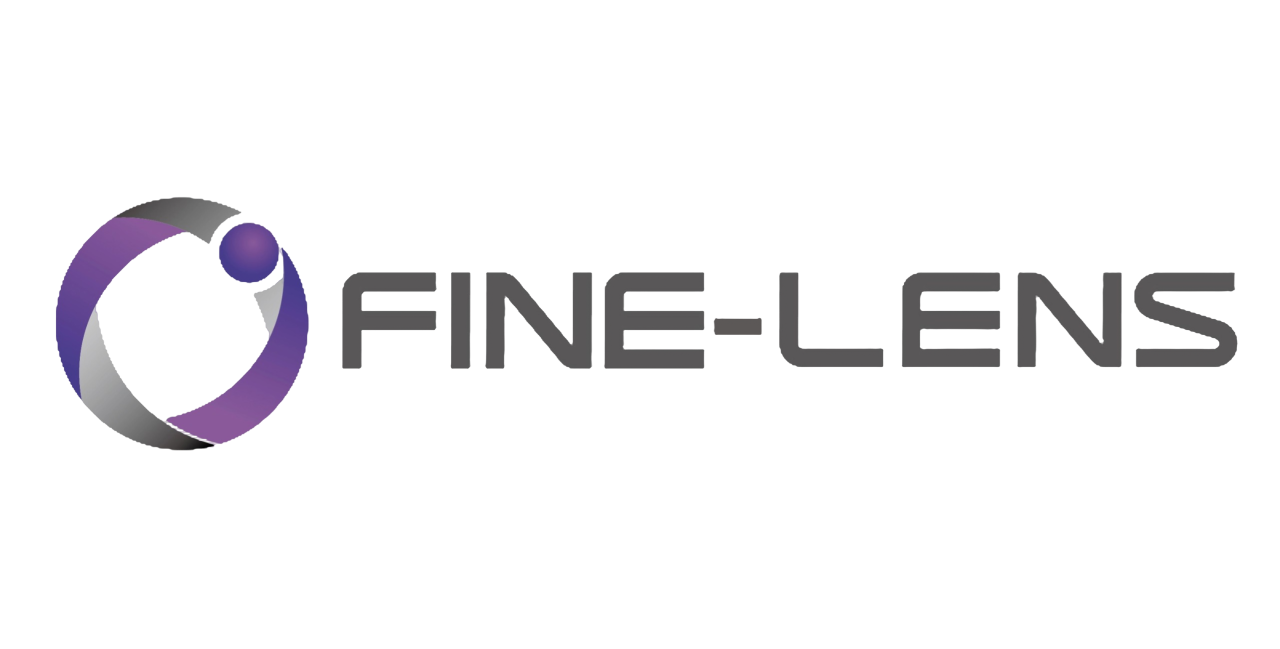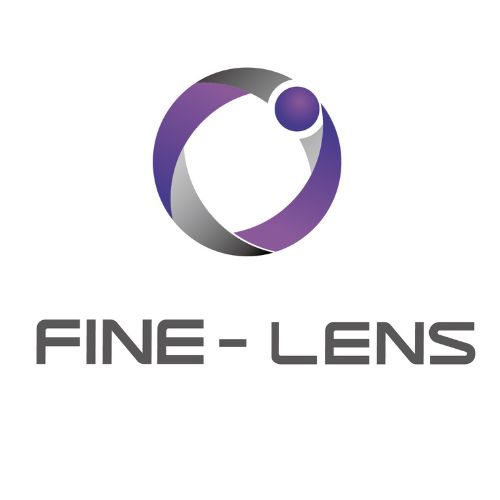
2025 Industry 4.0 Trends: Innovations in Machine Vision Lenses
How Next-Gen Optics Will Redefine Smart Manufacturing
As Industry 4.0 accelerates, machine vision systems are becoming the ‘eyes’ of intelligent factories. By 2025, advancements in industrial lenses will play a pivotal role in enabling faster, smarter, and more adaptive production lines. Let’s explore the cutting-edge innovations reshaping machine vision optics and their implications for global manufacturing.
- Hyper-Precision Imaging: The Push for Sub-Micron Resolution
Keyword Focus: High-Resolution Industrial Lenses, Nanoscale Defect Detection
The demand for sub-micron accuracy in sectors like semiconductor manufacturing and precision engineering is driving lens innovations. New low-distortion telecentric lenses with <0.1% distortion are emerging, paired with 12K+ CMOS sensors to detect defects as small as 0.5µm. For example, TSMC’s latest chip inspection lines now rely on lenses with multi-layer anti-reflective coatings to eliminate stray light in high-contrast environments.
- AI-Optimized Optics: Lenses That Learn
Keyword Focus: AI-Driven Optical Design, Adaptive Machine Vision
Traditional ‘fixed-parameter’ lenses struggle with dynamic environments. In 2025, self-calibrating lenses powered by embedded AI chips will dominate:
- Auto-focusing for variable working distances (e.g., robotic arms in flexible assembly).
- Real-time MTF adjustment to compensate for thermal drift in automotive welding lines.
- Generative design algorithms create lightweight, vibration-resistant optics for drone-based inventory scans.
- Edge Computing Integration: Faster Than the Speed of Light
Keyword Focus: Embedded Vision Systems, Low-Latency Industrial Lenses
With the rise of edge-AI cameras, lenses are evolving to support on-device processing:
- F-theta lenses optimized for laser marking robots, reducing data roundtrips to cloud servers by 70%.
- Compact fisheye lenses with built-in ISP (Image Signal Processors) for real-time 360° quality checks in smart warehouses.
- Sustainability-Driven Design: Green Optics
Keyword Focus: Energy-Efficient Lenses, Recyclable Optical Components
EU’s Circular Economy Action Plan is pushing manufacturers to adopt:
- Glass-free hybrid lenses using recyclable polycarbonate materials.
- Low-power liquid lenses consume 30% less energy than traditional motorized zooms.
- Modular designs allow easy repair/replacement, reducing e-waste in cross-border supply chains.
- Cross-Industry Convergence: Beyond Manufacturing
Case Study: Medical-Industrial Synergy
German lens manufacturer Jenoptik recently adapted its IR-corrected lenses (originally for automotive LiDAR) to surgical robots, achieving ±5µm accuracy in real-time tissue imaging. Such cross-border innovation will define the optics landscape in 2025.
6.Challenges & Strategic Insights for Global Buyers
While innovations abound, cross-border procurement faces hurdles:
- Supply Chain Complexity: Mitigate delays via dual-source lens suppliers in Asia and Europe.
- Standardization Gaps: Prioritize lenses compliant with both ISO 10110 and regional certifications (e.g., China’s GB/T).
- Skill Shortages: Partner with vendors offering plug-and-play vision kits with pre-trained AI models.
Conclusion: Vision 2025 – See Smarter, Act Faster
The next wave of industrial lenses isn’t just about sharper images—it’s about creating self-optimizing vision ecosystems. For international buyers, success lies in aligning with suppliers who blend optical excellence with AI/IIoT readiness.
Ready to future-proof your production lines? Explore our [2025 Machine Vision Lens Catalog], tailored for Industry 4.0 scalability.

